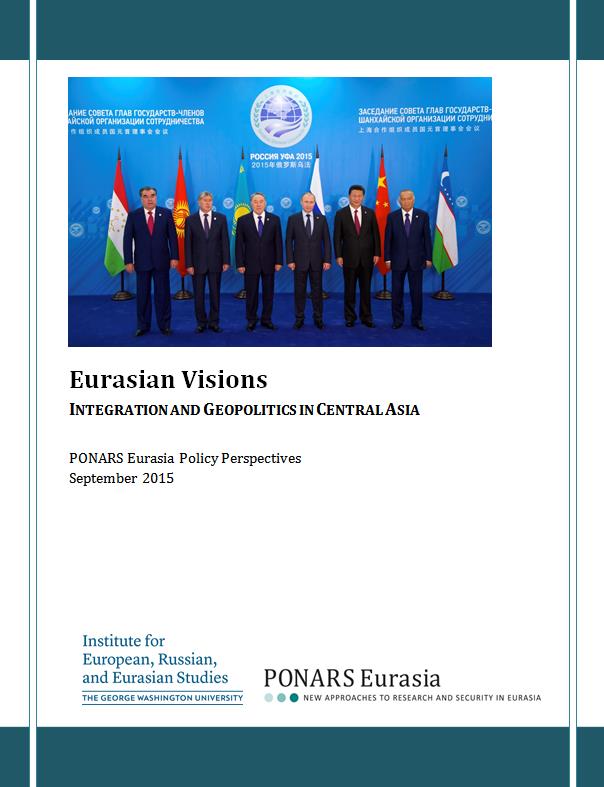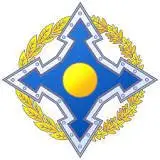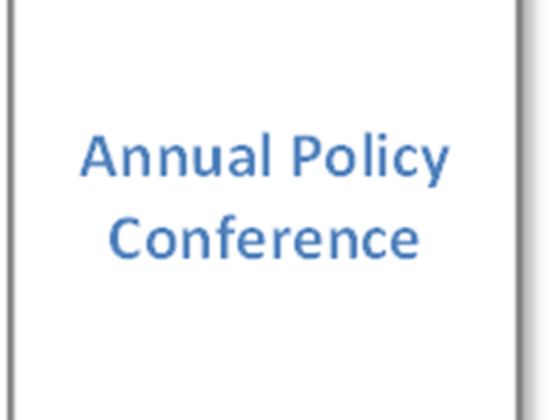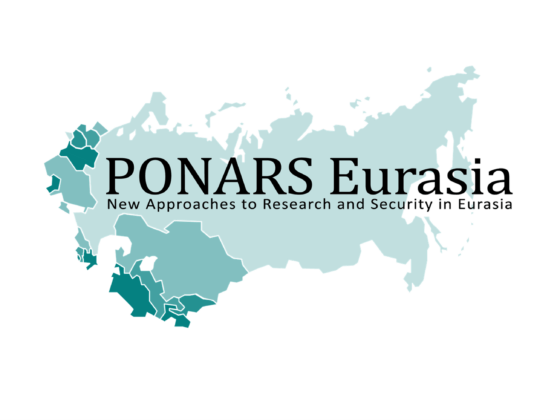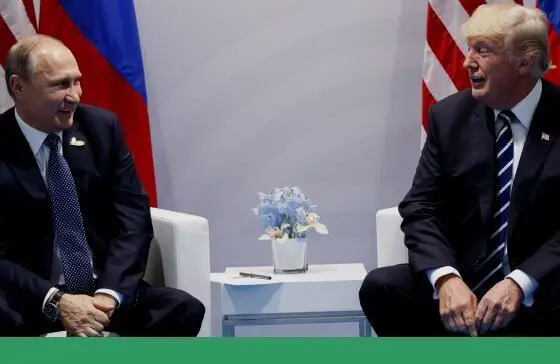The idea of regional integration in post-Soviet Eurasia is as old as the post-Soviet states themselves. From the moment the USSR collapsed, Russia, Belarus, and Kazakhstan spearheaded efforts to establish supranational links to replace the domestic ones they had sundered. The Commonwealth of Independent States that the leaders of Russia, Belarus, and Ukraine founded in December 1991 served more as a protracted mechanism for divorce than a basis for new forms of integration. But more targeted efforts at security and economic integration, like the Collective Security Treaty Organization and the pre-EEU Customs Union, held more promise of success, even as questions concerning the practical functioning of their institutions and the distribution of benefits across their members remained.
Then, in October 2011, Vladimir Putin declared Russia’s ambition to “go beyond” existing levels of post-Soviet integration by building a Eurasian Union that would become “one of the poles in the modern world” and serve as a “bridge between Europe and the dynamic Asia-Pacific region.” Many observers dismissed the Eurasian Union as campaign rhetoric in advance of Putin’s return to the Russian presidency. But just over three years later, in January 2015, the Eurasian Economic Union (EEU) came into being, uniting the Russian Federation, Kazakhstan, Belarus, Armenia, and later Kyrgyzstan into a regional trade bloc with a set of EU-imitating administrative institutions.
The timing of the EEU’s inception could not have been worse. In the months before, Russia had engulfed Ukraine in conflict over the ousting of Ukraine’s ex-president Viktor Yanukovych. The birth of the EEU thus became entangled with the specter of a new Russian “gathering of lands,” by which Moscow would force countries into ever closer integration and threaten to tear off Russian-populated chunks of those that resisted. The juxtaposition of the Ukraine conflict and the EEU’s inception highlighted tensions in Russian foreign policy: between multinational integration and ethnic unification; geopolitical ambition and economic rationality; respect for territorial integrity and the fomenting of secession and annexation.
These tensions have been acutely felt by Russia’s neighbors and not only by those that have distanced themselves from Russia’s integration ambitions. Other EEU members have sought to balance their Russia-oriented integration efforts by cultivating close economic and, occasionally, security relationships with other powers, in the West but also with China. These powers have eagerly reciprocated. In Central Asia, they have engaged in parallel bids for influence, promoting alternative visions of “New Silk Roads” that would embed the region into Southern-oriented or Eastern-oriented trade and investment networks to complement (or, in the extreme, replace) established linkages with the North.
This collection, Eurasian Visions: Integration and Geopolitics in Central Asia, explores a number of these themes. Marlene Laruelle, Andrey Makarychev, Viatcheslav Morozov, and Alexandra Yatsyk examine the tensions between the differing ideologies underpinning Russia’s regional foreign policy and their consequences for actual foreign and domestic policymaking. Serghei Golunov, Caress Schenk, and Nicu Popescu shift from ideology to practice, analyzing the impact of Russian economic policy on EEU trade, the tension between EEU freedom of movement and members’ own labor and migration policies, and the challenges of aligning EEU economic and political objectives. Eric McGlinchey, George Gavrilis, Sean Roberts, and Elizabeth Wishnick assess Eurasian geopolitics at a time when the states of Central Asia are navigating among multiple centers of influence, and Russia and China are reassessing their political relations. Sebastien Peyrouse, Anar Valiyev, Alexander Cooley, and Vladimir Popov take a closer look at the viability of new economic projects across Eurasia, including the “New Silk Road” that the United States has promoted, China’s “Silk Road Economic Belt,” and Russia’s efforts to reorient its economy toward China and the East. Finally, Natalie Koch, Anar Valiyev, and Scott Radnitz investigate two puzzles of Central Asian politics: the logic of spectacular construction projects and mega-events and the various possibilities for succession politics after the departure of this generation of leaders.
The 17 policy memos included here are based on the proceedings of Security and Regional Integration in Eurasia, a June 2015 workshop of the George Washington University’s Program on New Approaches to Research and Security in Eurasia (PONARS Eurasia), held at Nazarbayev University in Astana, Kazakhstan, and co-sponsored by Nazarbayev University and the University of Wisconsin-Madison. The memos were originally published online, together with a number of others on different topics, from June-September 2015 and are reprinted here in their original form.
We know you will find these policy perspectives informative and thought-provoking. Many individuals were instrumental in the production of this volume, as well as the organization of the workshop that generated it. In addition to all the authors and conference participants, we would like to especially thank our colleagues and co-sponsors at Nazarbayev University and the University of Wisconsin-Madison, in particular Charles Sullivan and Yoshiko Herrera; PONARS Eurasia Managing Editor Alexander Schmemann; former Program Coordinator Olga Novikova; Program Assistants Matthew McDonald and Eileen Jorns; Senior Research Associate Sufian Zhemukhov; Research Assistant George Terry; IERES Operations Manager Evan Alterman; and IERES Director Peter Rollberg.
PONARS Eurasia is an international network of scholars advancing new policy approaches to research and security in Russia and Eurasia. Its core missions are to connect scholarship to policy on and in Russia and Eurasia and to foster an international community, especially of mid-career and rising scholars, committed to developing policy-relevant and collaborative research.
PONARS Eurasia, together with the George Washington University’s Elliott School of International Affairs and Institute for European, Russian, and Eurasian Studies (IERES), expresses its appreciation to Carnegie Corporation of New York for its support.
The papers in this volume are based on a PONARS Eurasia policy workshop held at Nazarbayev University, Astana, Kazakhstan, in June 2015 and co-sponsored by Nazarbayev University and the University of Wisconsin-Madison.


